China has seen its economy expand in 2023 at one of its slowest paces in more than three decades, official data showed Wednesday, plagued by a deepening property crisis, sluggish consumption and global turmoil.
The world’s second-largest economy grew 5.2% in 2023, slightly more than the official target, surpassing the target of “about 5%” that the government had set.
But the recovery was far shakier than many analysts and investors expected, with a crippling property crisis, mounting deflationary risks and tepid demand casting a pall over the outlook for this year.
The reading is better than the 3% recorded in 2022, when strict zero-COVID curbs destroyed activity, but marks the weakest performance since 1990, excluding the pandemic years.
While 5.2% would be looked on enviously by other governments such as the United States and those in the eurozone – which each expanded around 2% in 2022 – it is well down from the levels around 6% or 7% enjoyed in the 2010s.
Expectations that the economy would stage a strong post-COVID-19 bounce quickly fizzled as the year progressed, with weak consumer and business confidence, mounting local government debts and slowing global growth sharply weighing on jobs, activity and investment.
“The recovery from COVID-19 – disappointing as it was – is over,” according to China Beige Book International’s latest survey released on Wednesday.
“Any true acceleration (this year) will require either a major global upside surprise or more active government policy,” the private data collector said.
China is the second-biggest economy behind the U.S. and has been a key driver of global economic growth. Its economic slowdown has sparked concern of spillover effects to other economies that count China as a key trading partner, such as South Korea and Thailand.
A slew of economic readings early on Wednesday suggested it lost more momentum heading into the new year, despite a flurry of government support measures.
For the fourth quarter, China’s gross domestic product (GDP) also grew at 5.2% compared to the same time last year, data from the National Bureau of Statistics (NBS) data showed. On a quarterly basis, the economy rose 1%, slowing from a revised 1.5% gain in the July-September quarter.
Some December indicators released along with the GDP data were more grim, suggesting the country’s protracted property crisis is deepening despite government efforts to prop up the sector.
Other data for last month showed retail sales growth slowed and investment remained tepid, with only industrial output showing some signs of improvement.
On target, but shaky
Policy insiders expect Beijing will maintain a similar growth target of around 5% for this year, but analysts say that may be a tall order even with additional stimulus.
Cyclical problems such as the property crisis are colliding with deep-seated structural issues such as an overreliance on debt-fueled investment and infrastructure, rather than steps to broaden and deepen consumption.
The head of NBS, Kang Yi, said at a press conference in Beijing that China’s 2023 growth was “hard-won,” but added the economy faces a complex external environment and insufficient demand in 2024.
Stocks in China, already plumbing five-year lows, tumbled after the latest disappointing data as did Chinese firms listed in Hong Kong, while the yuan eased. The currency has come under fresh pressure recently as market expectations grow that policymakers will have to commit soon to more interest rate cuts and other support measures.
“At present, our country’s government debt level and inflation rate are both low, and the policy toolbox is constantly being enriched,” NBS’ Kang said. “Fiscal, monetary and other policies have relatively large room for maneuvering, and there are conditions and space for intensifying the implementation of macro policies.”
Bumpy recovery
Analysts said stock market investors appeared most rattled by ominous real estate data on Wednesday.
China’s December new home prices fell at the fastest pace in nearly nine years, marking the sixth straight month of declines, NBS data showed. Property sales by floor area fell 8.5% for the year while new construction starts plunged 20.4%.
Debt-ridden developers have delayed construction on millions of homes according to economists’ estimates, further weighing on consumer confidence.
“I think markets were disappointed they didn’t cut interest rates on Monday, but it seems they are thinking about more targeted measures,” said Woei Chen Ho, an economist at UOB.
“The property issues are not fixed by broad-based rate cuts.”
On Monday, the central bank left the medium-term policy rate unchanged, defying market expectations for a cut as pressure on the yuan continued to limit the scope of monetary easing.
“The piecemeal rollout of support from midyear has done little to turn things around. It’s clear that China’s economy needs extra stimulus,” said Harry Murphy Cruise, an economist at Moody’s Analytics.
“Direct support for households could be the crowbar needed to pry open wallets, but the prospect of such support has been a non-starter for officials in recent years. Instead, monetary easing and new debt issuance for infrastructure, energy and manufacturing projects look more likely.”
Youth jobless figure returns, population falls again
As businesses remained wary of adding workers in the face of many uncertainties, the nationwide survey-based jobless rate increased to 5.1% in December from November’s 5%, NBS data showed.
China on Wednesday also resumed releasing official data on its youth unemployment rate after a five-month suspension.
Under a new methodology that excludes students from the jobless rate, unemployment for those aged between 16 and 24 stood at 14.9% for December, an improvement from the record-high youth jobless rate of 21.3% in June using the previous methodology.
Recent data had suggested the economy was starting 2024 on shaky footing, with persistent deflationary pressures and a slight pickup in exports unlikely to kindle a quick turnaround in lackluster factory activity. December bank lending was also weak.
“While we still anticipate some near-term boost from policy easing, this is unlikely to prevent a renewed slowdown later this year,” said Julian Evans-Pritchard, head of China Economics at Capital Economics.
“Although the government met its 2023 GDP growth target of ‘around 5.0%’, achieving the same pace of expansion in 2024 will prove a lot more challenging.”
Officials are due to release their growth target for 2024 in March.
Chinese Premier Li Qiang said at the World Economic Forum on Tuesday that China had achieved its economic target without resorting to “massive stimulus.”
He said that China had “good and solid fundamentals in its long-term development” and despite some setbacks, the positive trend for the economy will not change.
The ruling Communist Party has in the past decade deliberately sought to shift away from a reliance on government-led investment in massive infrastructure projects to one that is driven more by consumer demand as is typical of other major economies.
Slowing growth reflects that effort to attain a more sustainable path to affluence, but the disruptions from the pandemic and a crackdown on excessive borrowing by property developers have accentuated underlying weaknesses.
Adding to concerns over China’s longer-term growth prospects, the country’s population fell for a second consecutive year in 2023. The total number of people in China dropped by 2.08 million to 1.409 billion in 2023, a faster decline than in 2022.

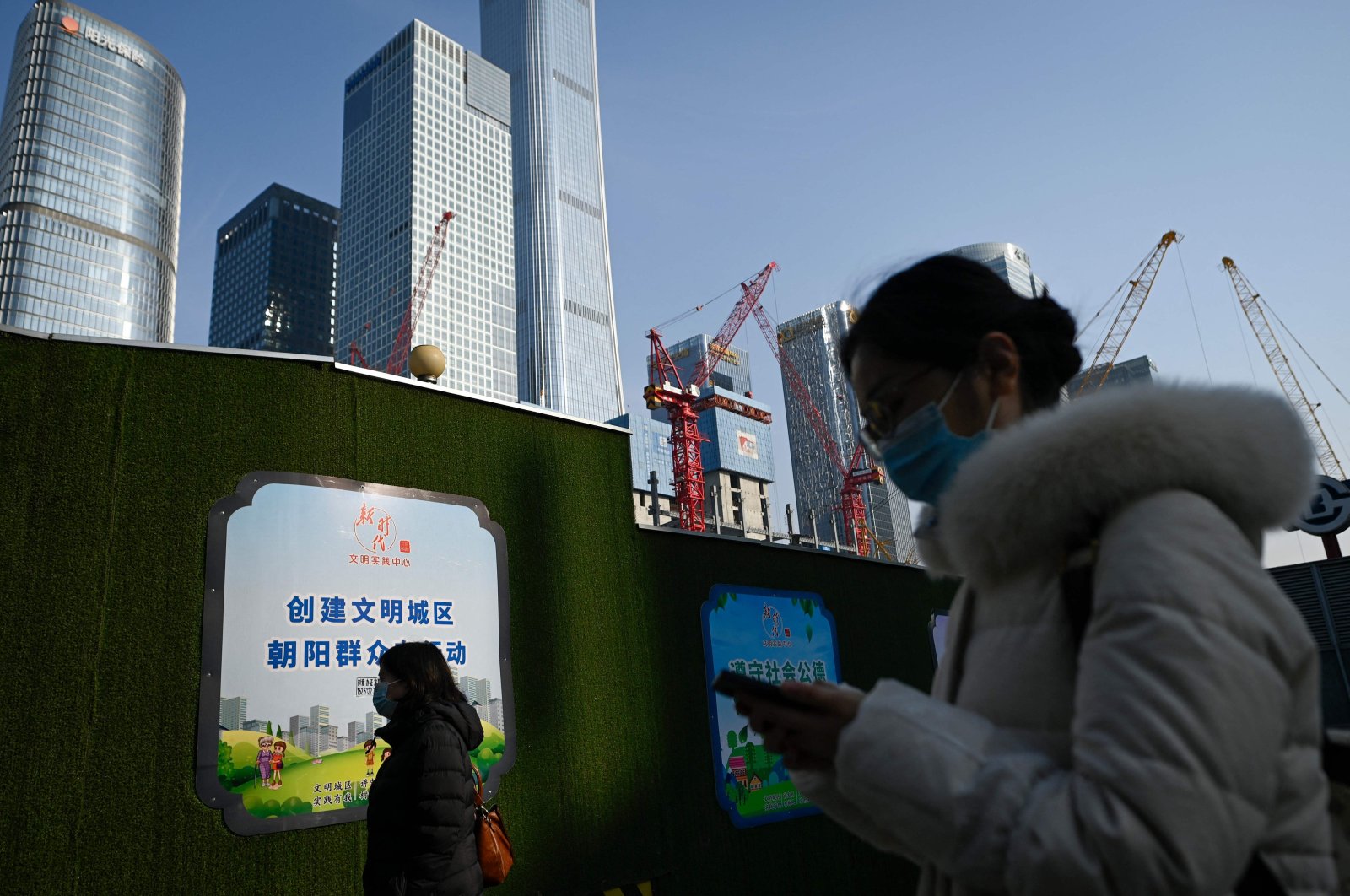














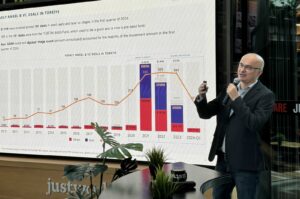








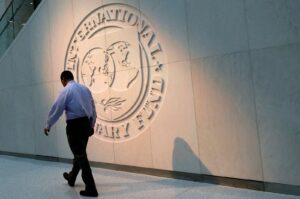


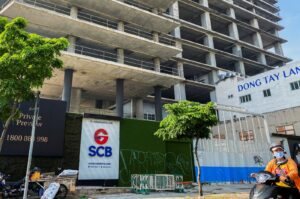




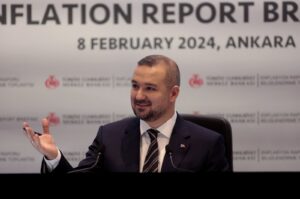



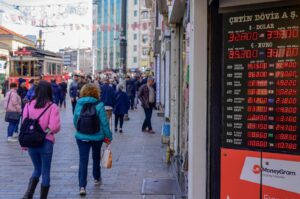





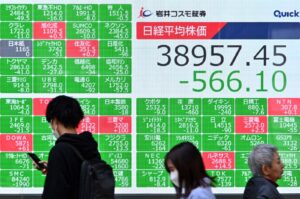



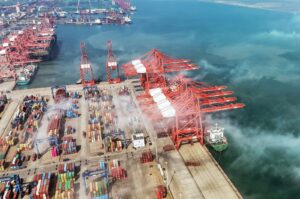



Be First to Comment